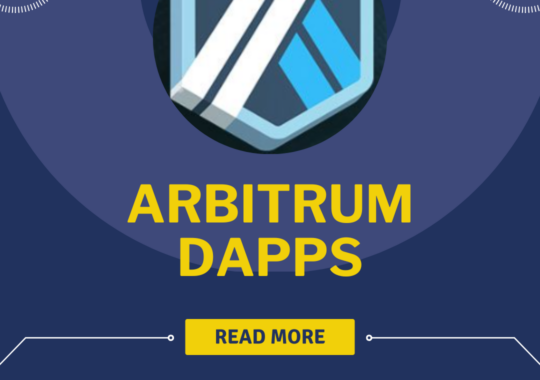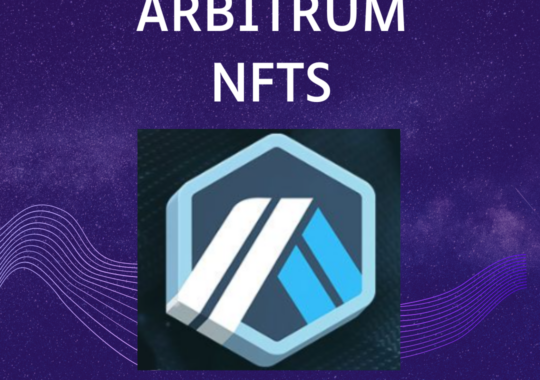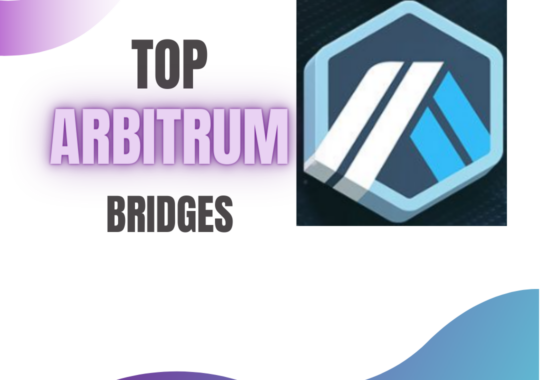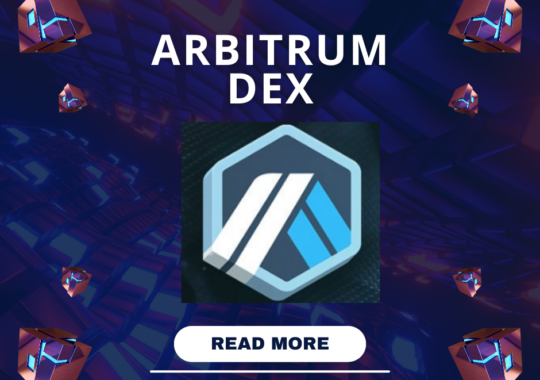BitVM, abbreviated from Bitcoin Virtual Machine, stands as an innovative system facilitating intricate computations and smart contracts within the Bitcoin network. It represents a pioneering approach enabling Bitcoin to verify complex computations without necessitating alterations to the network’s foundational principles.
In this article we will learn about BitVM and its Key Features

Understanding BitVM
BitVM represents a proposed system designed to achieve Turing completeness while preserving the integrity of Bitcoin’s consensus rules. It presents a fresh paradigm for Bitcoin contracts and off-chain computation. The fundamental breakthrough of BitVM lies in its methodology: instead of executing computations directly on the blockchain, it validates these computations through a novel prover-verifier model.
Operational Mechanism of BitVM
BitVM operates through a prover-verifier architecture supplemented by fraud proofs and a challenge-response protocol to authenticate computations. The prover and verifier collaborate off-chain to transform the program into a binary circuit format. Each logic gate within the circuit corresponds to a leaf script housed in a Taproot address under the prover’s control. The prover commits to the entire circuit within this Taproot address, effectively providing a concise commitment to the entire program.
Once established, both parties make deposits to the Taproot address on-chain to activate the contract. With this setup, the prover can execute the program off-chain and relay the results to the verifier. In cases where the verifier doubts the validity of the results, they can initiate a challenge transaction. This compels the prover to disclose the inputs and outputs of the contested logic gate to substantiate its proper execution. Through multiple rounds of challenge-response, any erroneous claims can be verified on-chain.
Potential Advantages and Drawbacks of BitVM
BitVM presents several potential advantages, including the facilitation of Turing-complete smart contracts on Bitcoin sans alterations to consensus rules. It mitigates blockchain congestion by conducting computations and managing data off-chain, while also enabling settlement of arbitrarily complex computations on Bitcoin between two parties. Furthermore, Taproot addresses allow for succinct commitments to entire programs, and the system enables off-chain coordination between parties, backed by on-chain verification when necessary. Additionally, it offers lower costs compared to executing contracts entirely on-chain, and its fraud proofs ensure security by rendering false claims provable on-chain.
Nevertheless, BitVM has its limitations. It operates solely within a two-party framework, thus unable to support large-scale decentralized applications involving multiple transacting parties. Moreover, on-chain verification could potentially congest Bitcoin’s blockchain.
BitVM vs. Ethereum Smart Contracts
| Aspect | BitVM | Ethereum Smart Contracts |
|---|---|---|
| Platform | Built on the Bitcoin network | Native to the Ethereum blockchain |
| Purpose | Enabling complex computations and contracts | Executing decentralized applications (dApps) |
| Scripting Language | Bitcoin Script (more limited) | Solidity (more expressive and Turing complete) |
| Functionality | Limited functionality (simple scripts) | Rich functionality (complex smart contracts) |
| Statefulness | Stateless (no internal state) | Stateful (maintains internal state) |
| Gas Fees | Lower gas fees (due to simplicity) | Higher gas fees (due to complexity) |
| Security | Simplicity may enhance security | Complexity can lead to vulnerabilities |
| Ecosystem | Smaller ecosystem | Large and diverse ecosystem of dApps and tokens |
| Interoperability | Limited interoperability | Interoperable with other Ethereum-based projects |
Creating a Smart Contract on BitVM
Developing a smart contract on BitVM entails a series of steps, offering intriguing possibilities for Bitcoin-based applications. While not as prevalent as Ethereum’s EVM, BitVM presents an alternative avenue for executing smart contracts. Here’s a comprehensive guide on crafting a smart contract utilizing BitVM:
- Choose a Use Case:
- Determine the purpose of the smart contract, whether for DeFi, prediction markets, or other applications.
- Clearly define the contract’s objectives, regulations, and anticipated behaviors.
- Write the Contract:
- Utilize a Bitcoin-compatible language, such as Bitcoin Script, to draft the contract.
- Given BitVM’s emphasis on two-party contracts, ensure simplicity in your contract design.
- Test Locally:
- Prior to deploying the contract on the live Bitcoin network, conduct comprehensive testing locally.
- Employ tools or simulators to validate the contract’s correctness and functionality.
- Deploy on Bitcoin Network:
- Upon validating the contract, proceed to deploy it on the Bitcoin network.
- Pay close attention to gas fees (transaction fees) and ensure sufficient BTC to cover expenses.
- Interact with the Contract:
- Users can engage with the deployed contract by transmitting transactions to its designated address.
- Offer clear instructions on utilizing the contract’s functionalities.
- Security Considerations:
- As smart contracts are immutable post-deployment, rigorously test and audit your code beforehand.
- Be vigilant of potential vulnerabilities and attack vectors specific to Bitcoin Script.
- Monitor and Maintain:
- Regularly monitor the contract’s activity on the blockchain.
- Depending on user feedback or evolving requirements, consider updating or enhancing the contract.
Conclusion
In conclusion, BitVM emerges as a pivotal advancement within the realm of Bitcoin and cryptocurrencies. It introduces the capability to process intricate computations, including Turing-complete smart contracts, off-chain, thereby alleviating congestion on Bitcoin’s blockchain. While it comes with inherent limitations, the prospective benefits it offers have the potential to revolutionize transaction and contract handling on the Bitcoin network.
Princy Agarwal, a postgraduate in English from Delhi University, writes content for Tricky Finance, where they simplify complex financial topics for readers. With a knack for clear communication, Princy’s work helps make finance understandable and accessible to all.




